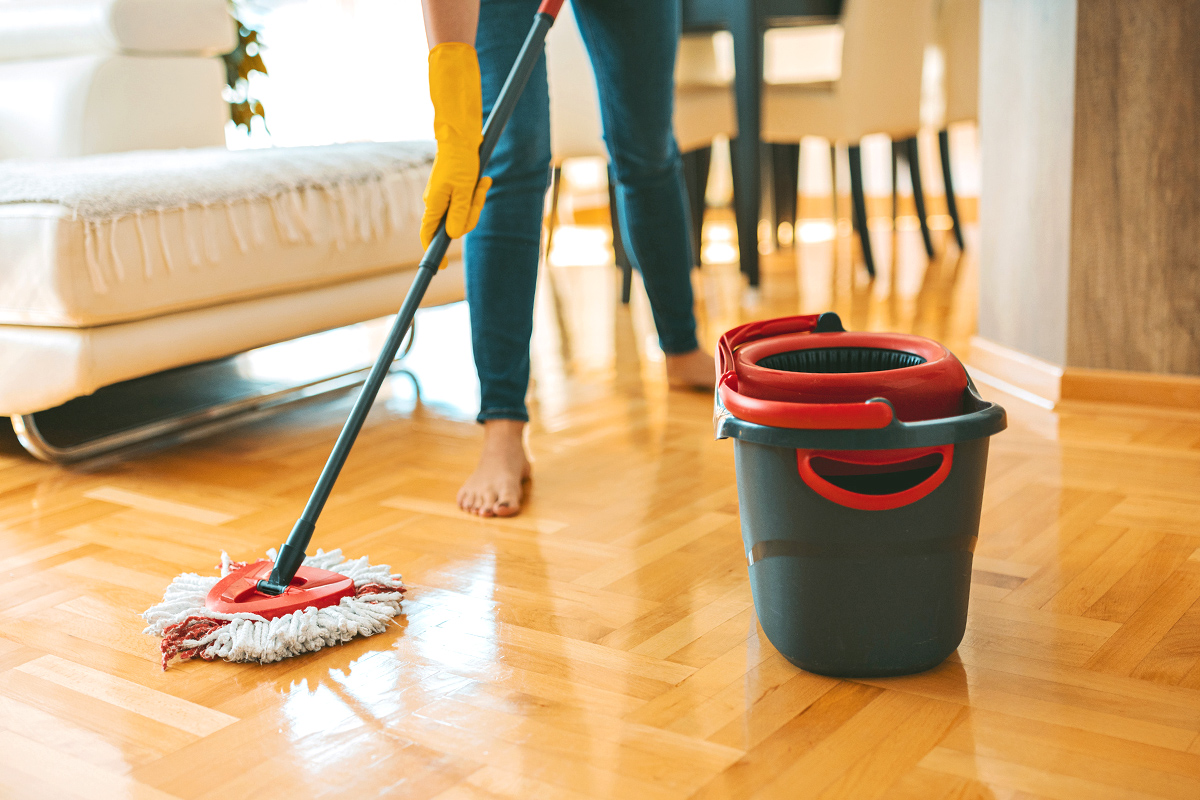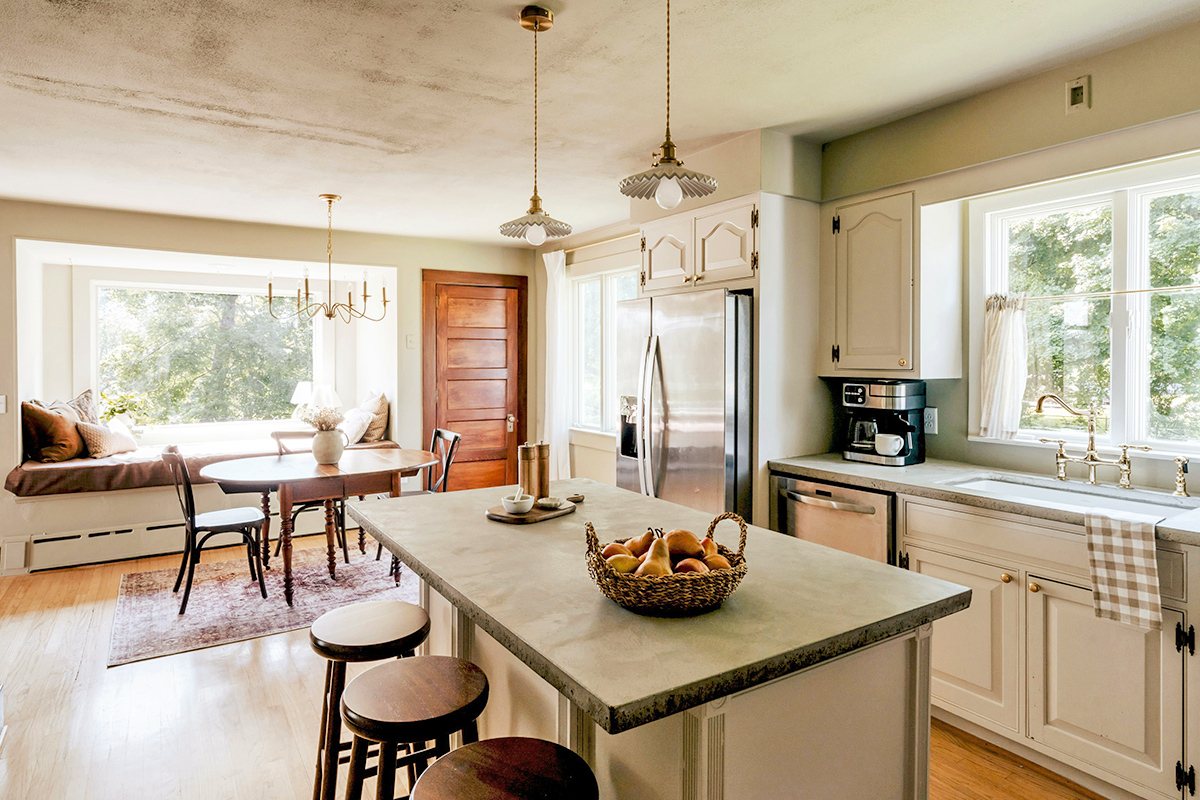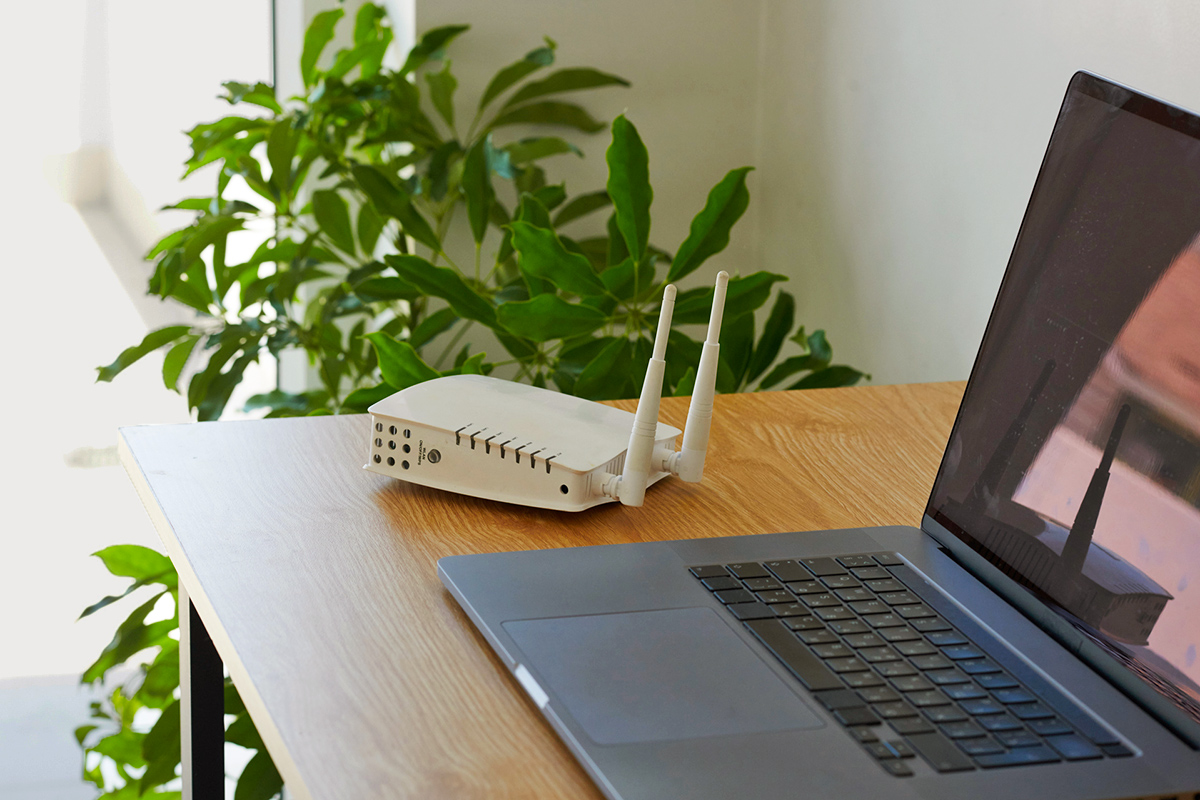If you’ve ever uttered phrases such as “I can never keep plants alive,” “I could kill a cactus,” or “I just don’t have a green thumb,” you’re not alone. Keeping houseplants alive seems to come naturally to some and proves impossible for others. What do successful plant parents do differently? Often, it’s about striking the…
How To Keep Your Plants Properly Hydrated
Plants need water to survive, but too much can spell their demise. Instead of checking your potting soil every other day or keeping a calendar (which should be adjusted seasonally anyway), you can determine the perfect watering schedule simply by asking your plant.
All you need for this hack is an untreated wooden chopstick or a bamboo skewer — items you might already have in your kitchen drawer. The next time you’re wondering whether your houseplant needs watering, insert a chopstick into its soil at a 45-degree angle until it hits the bottom (or close to it). Keep a distance of about 2 to 3 inches away from the plant’s stem to prevent root damage. If you feel resistance, don’t force it; just choose another spot for your moisture test.
Wait 60 seconds, then pull the stick out and examine it. If it’s damp and has soil clinging to it, your plant is well hydrated and doesn’t need water yet. If the stick emerges dry and clean, it’s time to give the plant a drink.
This houseplant hack is great because it takes the guesswork out of watering, but be careful not to damage the root system by repeatedly prodding the soil.
More from our network
House Outlook is part of Inbox Studio, which publishes content that uplifts, informs, and inspires.
More Ways To Keep Your Houseplants Happy
As seasons change and daylight hours fluctuate, your plant’s water needs will adjust accordingly. In general, plants require more water in the summer and less in the winter. Many also benefit from regular fertilizing throughout their spring and summer growth period.
To prevent your plants from drying out faster, consider moving them away from direct sunlight in the summer or adding a sheer window curtain as a filter. Similarly, keep them out of the path of heating vents or cold drafts in the winter. If you have plants that thrive in humidity, consider placing them on humidity trays or adding a humidifier to the room.



















